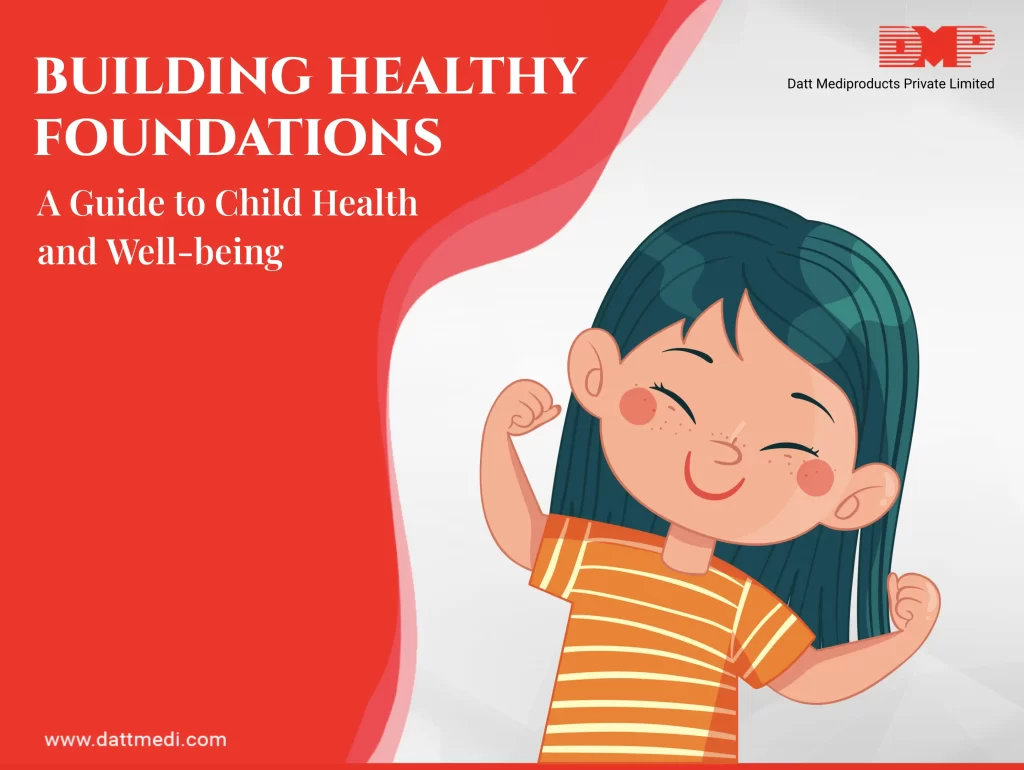
Winters are when we battle with the cold. Seasonal foods enriched with vitamins and other nutrients come to our rescue. These super healthy foods not only keep us warm but also help to build strong immunity. In our previous healthy foods for the winter blog, we discussed the various healthy foods. In this blog, we present some additional superfoods with an ayurvedic edge.
As per Ayurveda, there are 3 different kinds of immunity: one with which an individual is born, second which comes & goes as per age/time or season; and the third which blossoms with a healthy balanced diet. Ayurveda says that it’s essential to reinforce the third kind of immunity, especially during the winter season when seasonal infections, cold & flu are at the highest.
Following are some additional foods apart from the ones mentioned in our previous blog, which help to stay you healthy during winters:
- Potatoes:
Although they have a bad rapport because of the white starch, potatoes are a rich source of many other nutrients like folates, immunity booster vitamin C & vitamin B6. Sweet potatoes on the other hand are a rich source of potassium and fibers. These are known to help reduce inflammation, boost immunity & relieve constipation. - Dark Leafy Greens:
Winters is the season of dark leafy greens. You name the green leafy vegetable and it would thrive in the chilly season. Be it spinach, fenugreek, amaranth, kale, chard or mustard greens, all these are an excellent source of Vitamins A, C, K along with Vitamin B9 (folates) crucial for women of childbearing age. - Pomegranates:
These are rich in antioxidants which prevent the free radicals from oxidizing bad cholesterol “LDL”, thereby preventing it from building up plaque inside the arteries. Ultimately, blood keeps flowing and continues supplying oxygen to different cells and tissues. Pomegranates are thus, very good for your heart health. This fact is even documented in the American Journal of Clinical Nutrition. - Winter Squash:
Available in different varieties, these are magnificent winter choices. These are a good source of potassium, vitamin B6, K & A. - Bell Peppers:
Especially red peppers are rich in vitamin C, which is indispensable for boosting immunity and keeping you away from winter illnesses.
Some tips for winter season as per Ayurveda:
- Stimulate your digestive strength:
Natural oils, desi ghee should be included in winter diets as these helps to fortify digestive strength during lethargic winter days. - Boiled Food:
Fresh vegetables and fruits should be chosen over the packaged foods. Its good for your digestive system and also helps to keep your calories under a check. - Go Nutty:
Nuts of any kind are a must to have in winters. Including nuts, seeds & dried fruits in your winter diet provide a range of health benefits like assisting in weight loss, providing energy, boosting immunity and maintaining overall health. - Turmeric the ultimate benefiter:
Turmeric reduces inflammation, fights infections & scavenges the free radicals.
We @DattMediproducts recommend taking precautionary measures, following healthy habits as mentioned in our previous blog and eating healthy foods to stay strong during the winter months.



